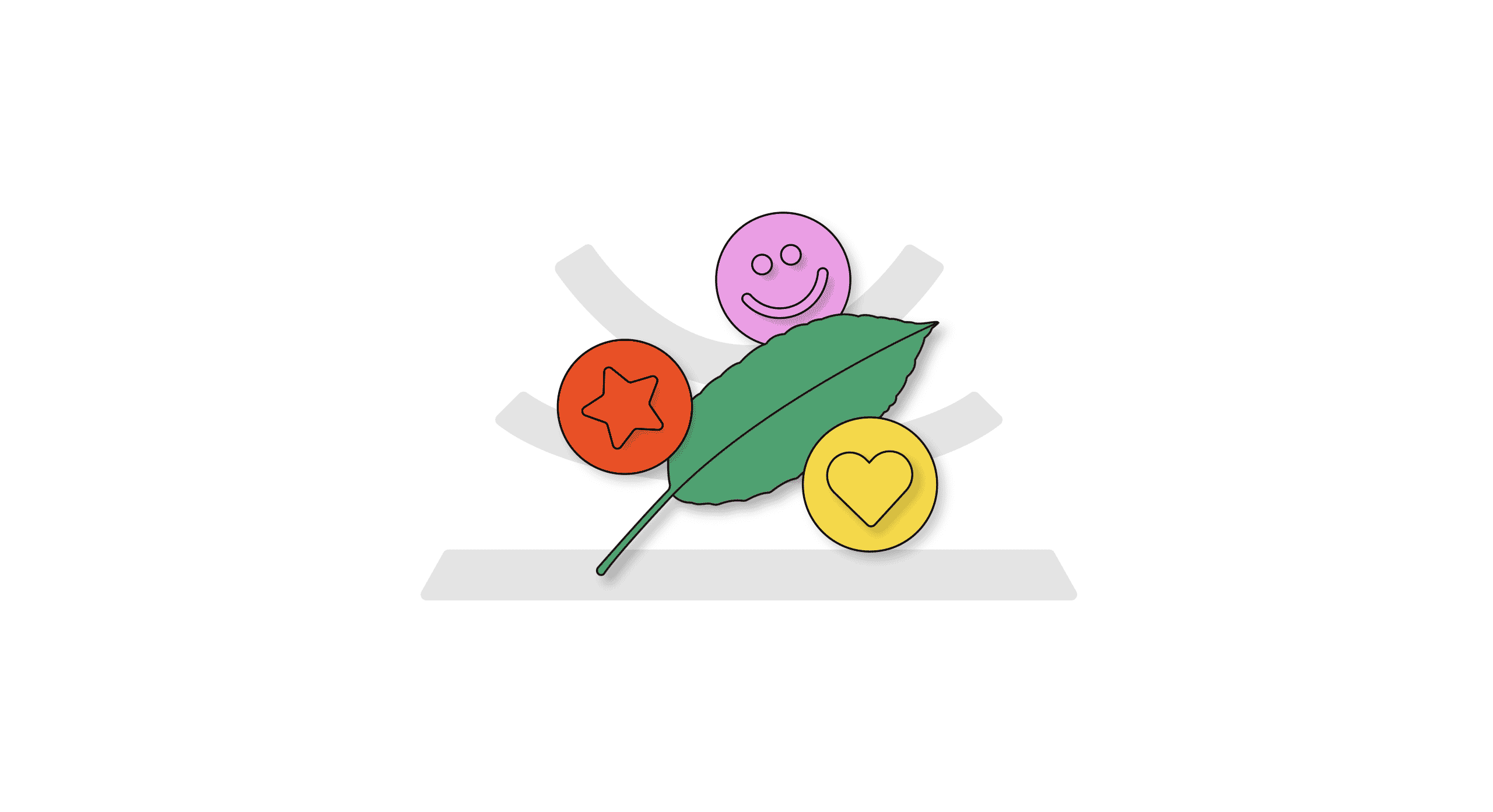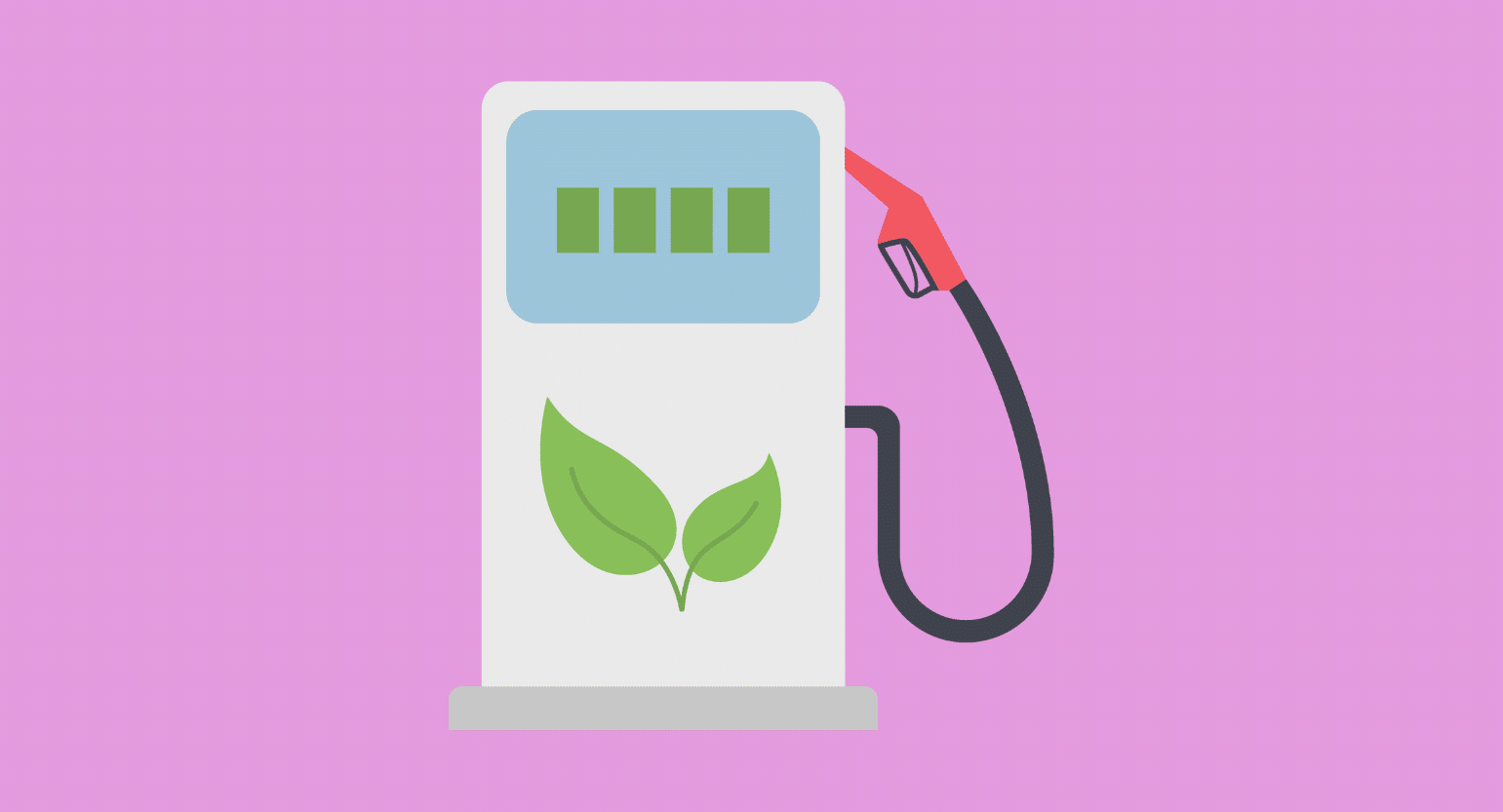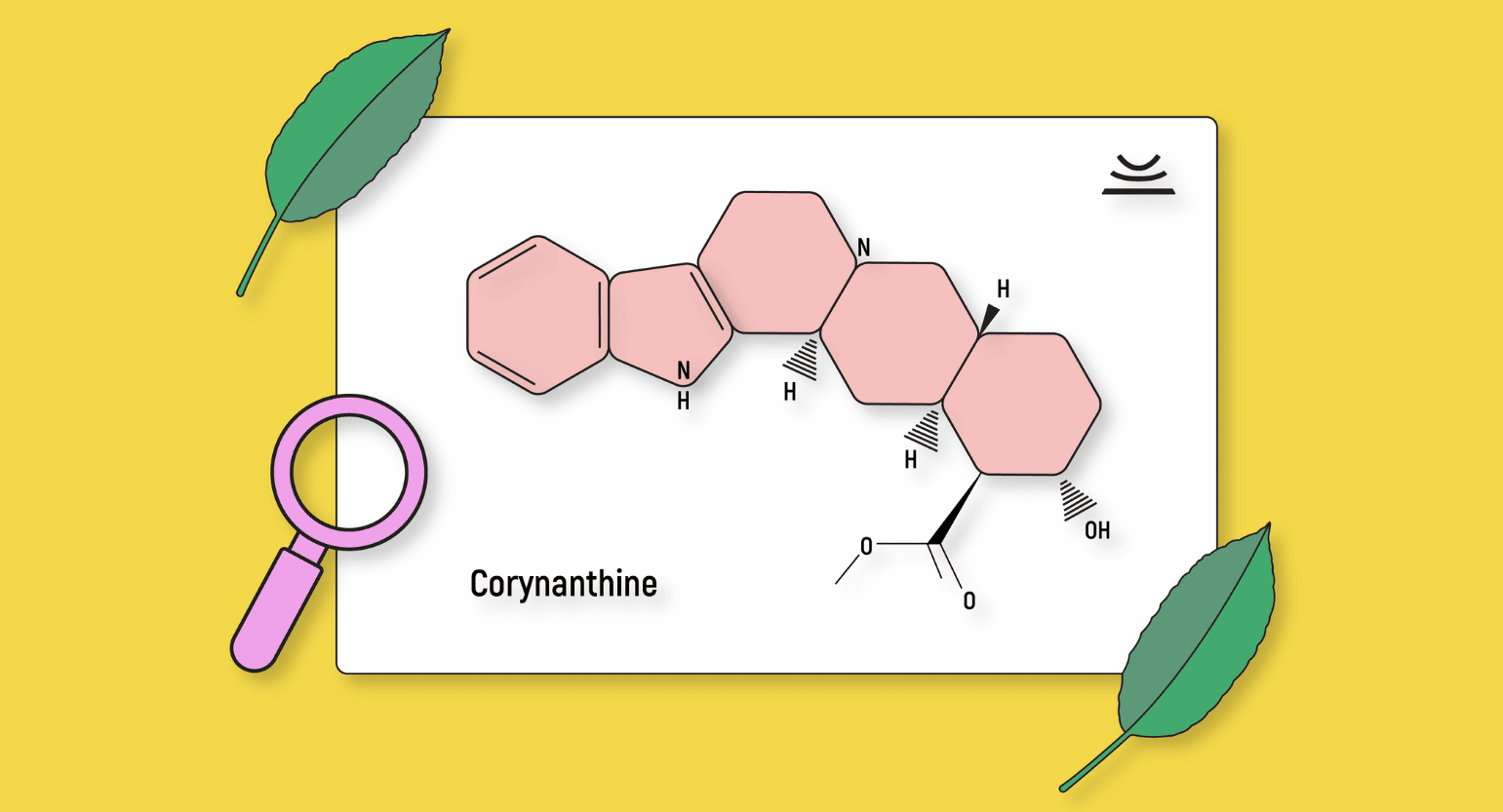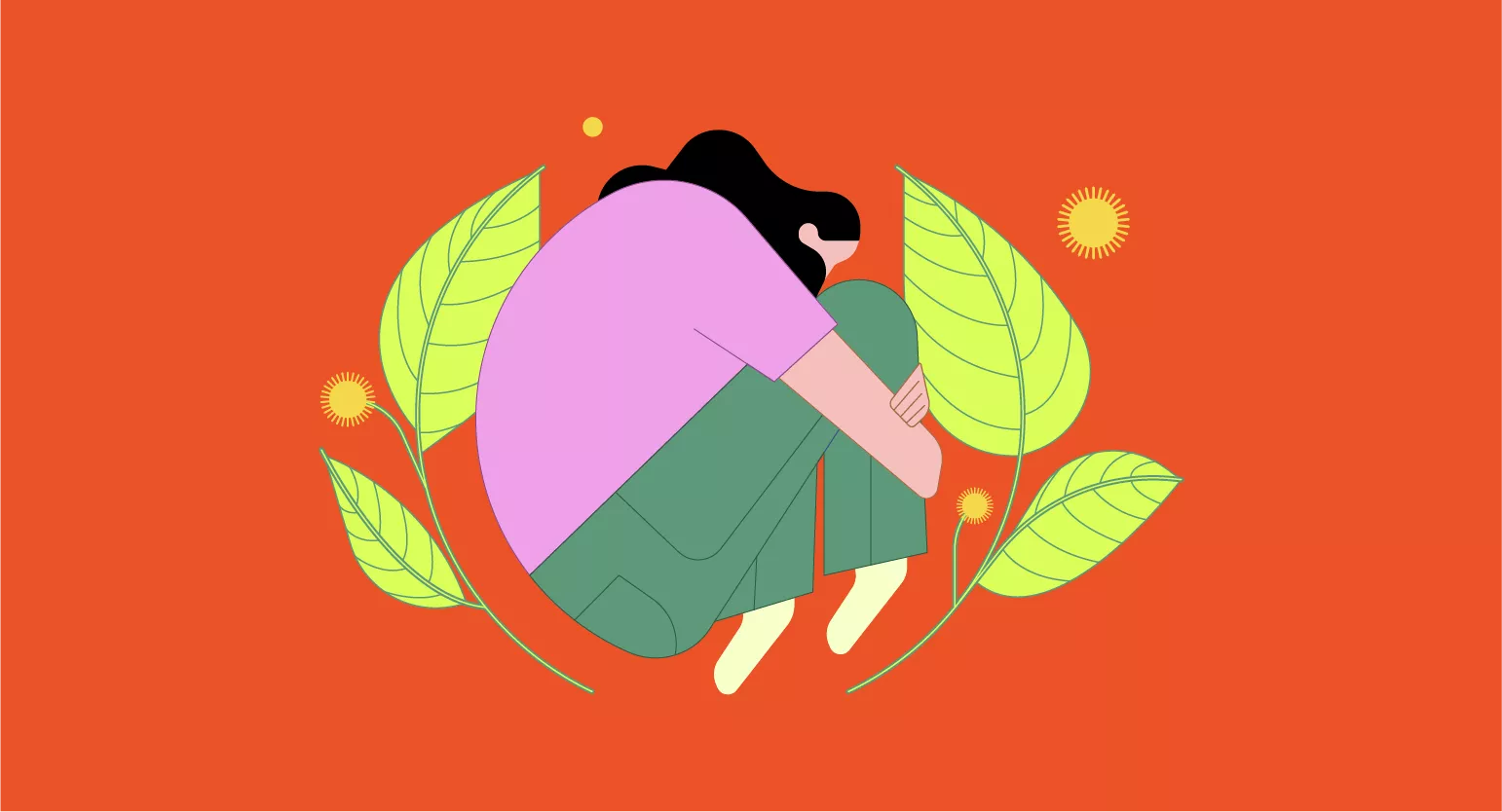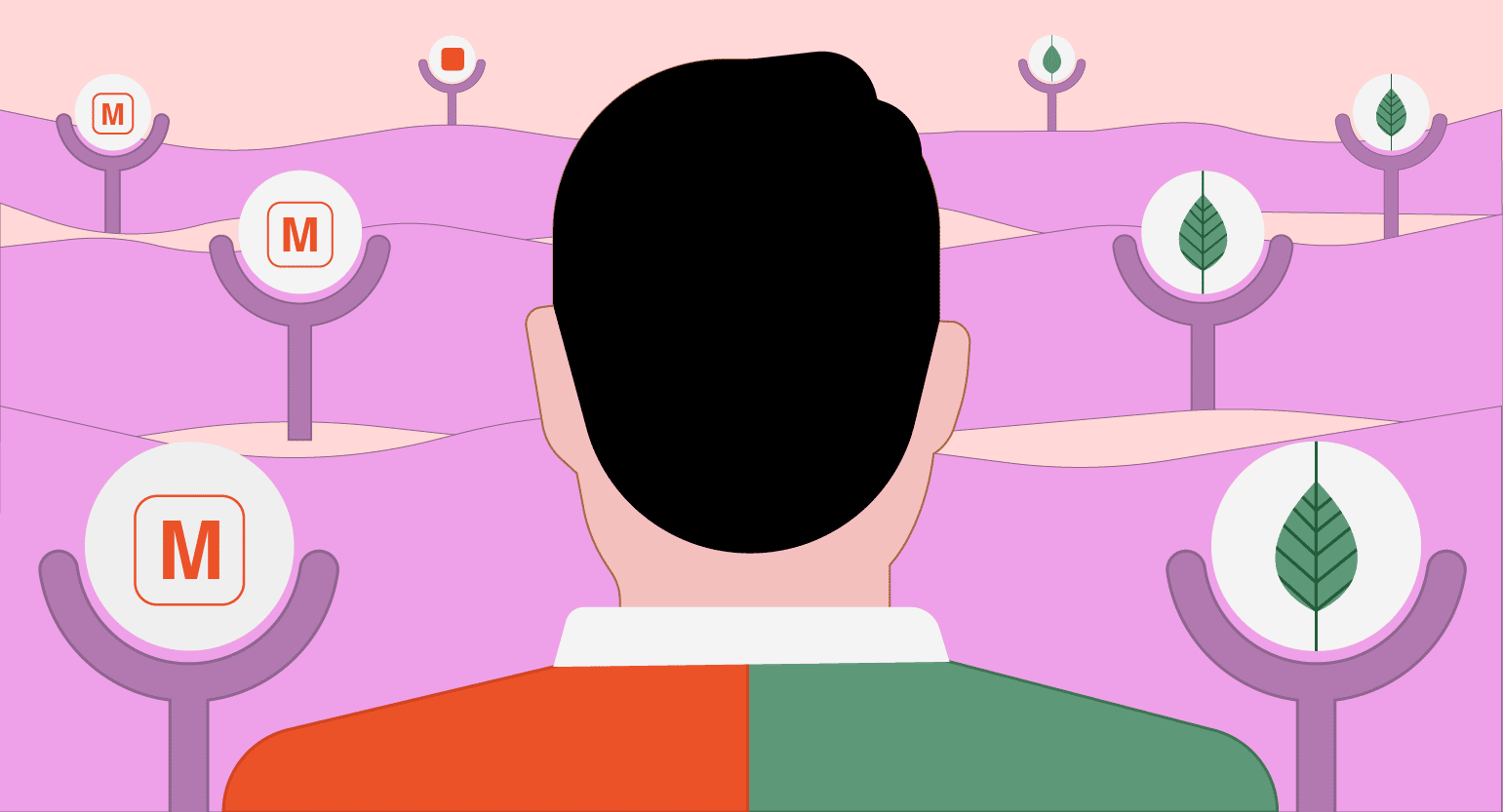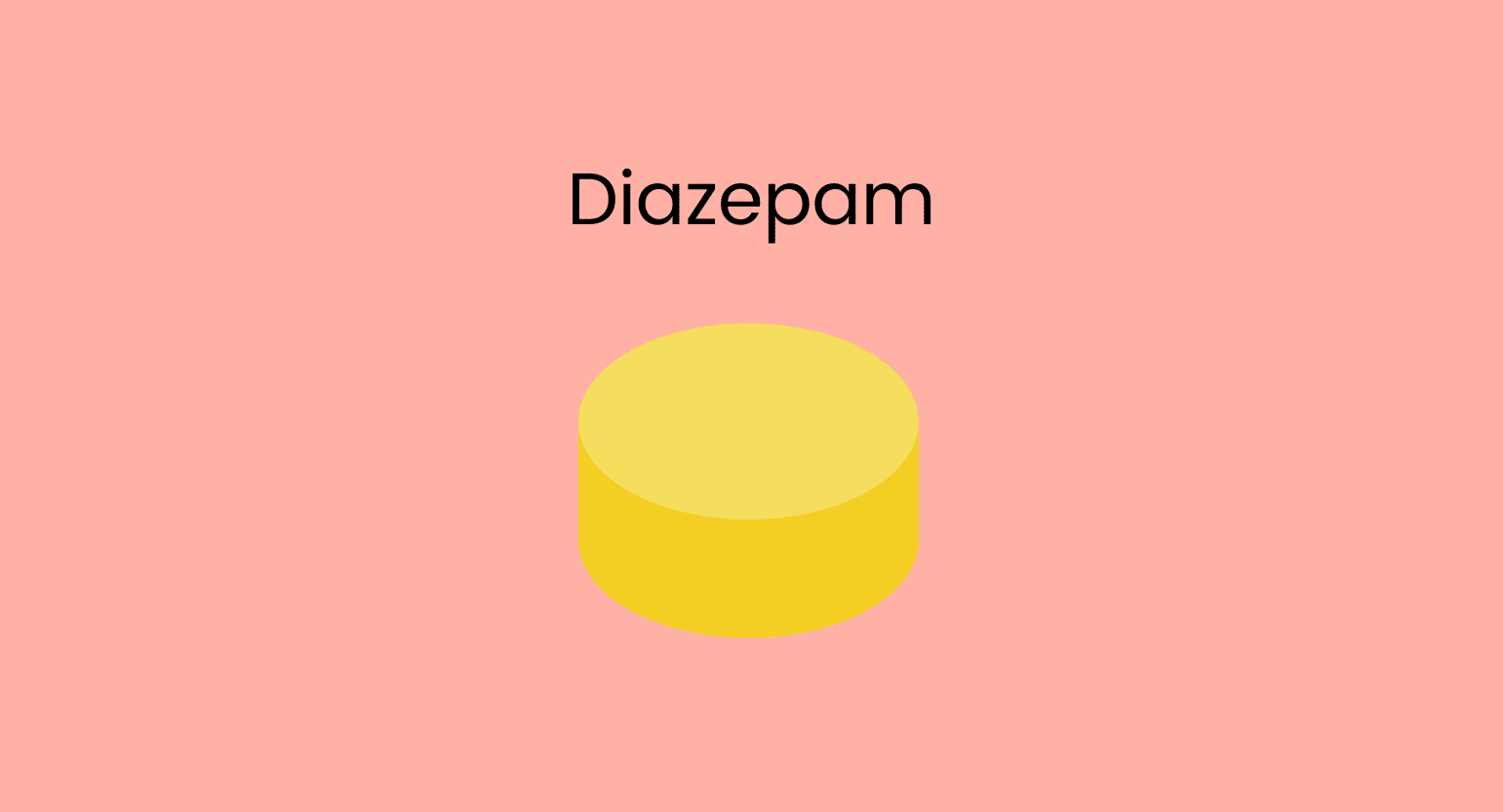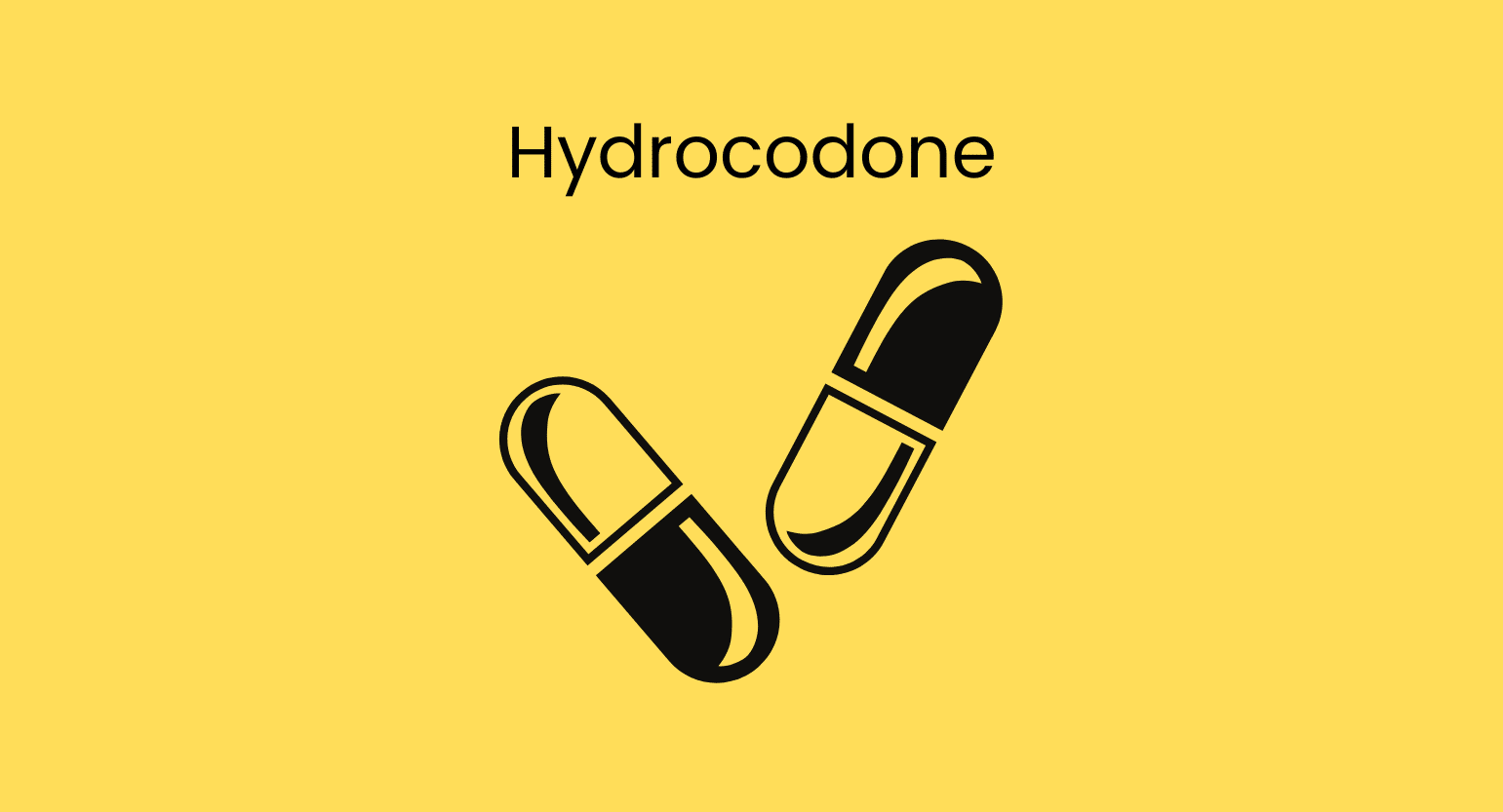A Side-by-Side Comparison of MDMA and Kratom
| MDMA | Kratom | |
| Source | Manufactured, similar to amphetamines | Leaves from Mitragyna speciosa, a tree native to Southeast Asia |
| Active Ingredients | 3,4-Methylenedioxy-methamphetamine | Mitragynine, 7-hydroxymitragynine, & related alkaloids |
| Dose | 50–150 mg | 1–12 grams |
| Main Effect Profile | Empathogenic | Energy Booster (Low Dose), Painkiller & Sedative (High Dose) |
| Legality | Considered a Schedule I drug by the federal government | Unregulated by the federal government, but state laws vary |
| Pros | Possibly useful for psychotherapy treatment; gives extreme feelings of euphoria & heightened senses | Used as a potent pain-reliever; also helps treat anxiety, depression, and withdrawal symptoms; has nootropic benefits |
| Cons | Varying side effects, some long-lasting and potentially serious; lowers inhibitions | Varies, but usually minor and avoidable, including nausea & dizziness; potential for addiction |
Can Kratom & MDMA Be Mixed?
It’s not a good idea to mix kratom and MDMA.
Some people use kratom in the later stages of an MDMA trip. As the drug starts to come down, kratom is used to ease people out of the negative comedown effects — which often include feelings of depression and lethargy.
Both of these substances have stimulating effects that can compound to produce some very uncomfortable and potentially lethal consequences.
Kratom and MDMA cause an increase in heart rate, body temperature, blood pressure, and mental stimulation. Taking them together dramatically increases the intensity of these changes.
Related: Is Kratom Bad for Your Heart?
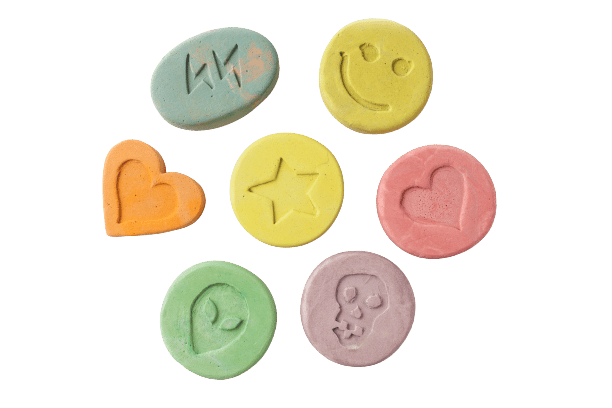
What is MDMA?
MDMA (AKA 3,4-Methylenedioxy-methamphetamine or “Molly”) is a popular party drug that comes in powdered and tablet forms. It’s a modified form of amphetamine used to induce feelings of connection, empathy, and euphoria.
The biological effects of MDMA are similar to both hallucinogens and stimulants. It works by activating the serotonin receptors in the brain involved with sensory perception and connection with others.
MDMA heightens emotional and sensory experiences, causing significant changes in mood and awareness and intense feelings of pleasure.
These distinctions indicate what ingredients are in that particular batch of MDMA, and users can usually find a pill they enjoyed again by referring to the color and the marking.
The serotonin-driven high of MDMA consists of rising excitement and intense feelings of delight. With heightened senses, tactile sensations (e.g., touching a very soft blanket) feel incredibly stimulating.
MDMA usually feels somewhat like a “truth serum.” Serotonin flooding into the brain results in an indescribable high; socializing and empathizing with others seems natural and almost unavoidable. Some individuals feel so good they end up oversharing information they wouldn’t usually be open about.
Some of the most common effects of MDMA include:
- Anxiety
- Boost in confidence and energy
- Dilated pupils
- Empathy
- Feelings of closeness to others, even people you aren’t familiar with
- Feelings of well-being and euphoria
- Heightened sensation to sight, hearing, and touch
- Increased blood pressure & heart rate
- Increased body temperature
- Loss of appetite
- Lowered inhibitions
- Memory loss
- Muscle aches and stiffness, especially in the jaw
- Nausea and vomiting
- Paranoia and psychosis
- Poor motor control and unsteadiness
- Stretching
- Sweating
- Teeth grinding
- Tingly sensations on the skin
The high lasts a few hours, but the drug remains in the body for much longer. While users experience a remarkable increase in euphoric feelings, there’s also a slump afterward, known as a “come down.”
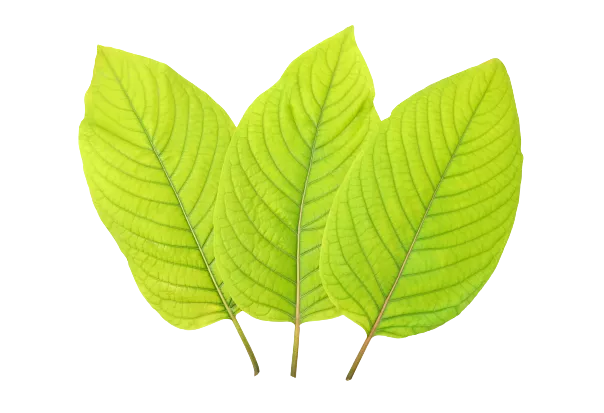
What is Kratom?
Kratom is a natural, earthy-tasting herb derived from the Mitragyna speciosa tree. This is a tropical evergreen tree in the coffee family, and it is native to Southeast Asia, where it’s been used in herbal medicine since the nineteenth century. Kratom is known for its stimulating and opiate-like effects.
Kratom is typically used in powder form and mixed into beverages such as tea, water, or juice but can also come in capsule form.
Some of the most common effects after ingesting kratom include:
- Alertness
- Anxiety relief
- Calmness
- Confidence
- Energy
- Enhanced mood
- Euphoria
- Increased focus and concentration
- Pain relief
- Relaxation
- Sedation
- Sociability
Depending on the specific strain and vein color, effects will vary and sometimes be felt for hours. Some people take kratom to avoid the uncomfortable symptoms of opioid withdrawal or because it’s more accessible than prescription drugs.
White vein kratom is notorious for its stimulating effects, giving a boost in energy and enhanced mood.
Red vein kratom is deeply relaxing and sedating and has powerful pain-relieving benefits.
Green vein kratom falls in between the other two, offering a taste of both worlds.
A special drying process creates yellow vein and gold kratom; these powders are comparable to green vein strains.
Kratom is all-natural and generally considered safe to use; however, large amounts interact with opioid receptors the same way opioids do and can cause addiction. Responsible use keeps this problem at bay.
Effects on Your Health: MDMA vs. Kratom
It’s hard to tell fact from fiction when discussing drugs, whether they’re medicinal or not. This section will take a quick look at the common beliefs surrounding both kratom and MDMA and take an honest look at the effects each could have on your health.
MDMA & Your Health
Believe it or not, clinical trials are showing MDMA could be an effective treatment for PTSD. Other ongoing studies show positive results when used for anxiety, depression, and alcohol addiction.
The government and concerned parents see little use for it, but psychotherapists are eager to see what it can do.
Of course, using any drug irresponsibly is destructive, at best.
Ingesting MDMA causes a sharp surge of serotonin, resulting in a depletion of this neurotransmitter that makes you feel so good. The brain can take days or even weeks to replenish serotonin levels. Other side effects can persist for a week or longer.
There are risks of long-term health effects with frequent use. However, even one dose of MDMA can be lethal.
Signs of overdose on MDMA:
- Blurred vision
- Excessive thirst and profuse sweating
- Fainting
- Little to no urine output
- Muscle cramping
- Seizures
- Shaking chills
These serious side effects can lead to liver, kidney, or heart failure and sometimes even death. MDMA can damage nerve cells in the brain in moderate to high doses.
Kratom & Your Health
Some states and countries have banned using kratom due to the possibility of addiction. Some chemicals found in kratom might interfere with drug-metabolizing enzymes in the liver and can cause dangerous interactions with other drugs or medications.
The most concerning long-term health effect has to be kratom’s potential for addiction. As with any other herbs or drugs, consistently using and increasing the dosage can result in dependency.
Physical dependency on an herb or drug, regardless of what it may be, can easily take priority over other important aspects, such as work, relationships, and much more.
That said, the benefits of kratom far outweigh the negatives. Kratom is an effective pain killer and helpful in treating anxiety and depression. The nootropic effects, like focus and concentration, are an added benefit.
The Comedown: MDMA vs. Kratom
All good things must come to an end, and this is no different. Comedowns aren’t the same for everyone, and substances cause different reactions as the body readjusts. Here we’ll look at how people typically feel after using kratom or MDMA.
The MDMA Comedown
Some individuals feel like they’re just suffering from a run-of-the-mill hangover, while others experience more severe effects and feel like an emotional wreck for days or even a week. A few lucky people experience an “afterglow” — the physical and mental effects that linger after the peak has subsided.
Feelings of detachment or increased psychological clarity are typical, but most people aren’t fortunate enough to experience an afterglow.
You’re likely to feel the more common and less appealing effects of a comedown, such as:
- Agitation
- Depression
- Disorganized thoughts
- Exhaustion
- Headaches
- Irritability
- Lack of concentration
- Lethargy
- Nausea
- Reduced appetite
- Restless legs
- Stress
- Vomiting
So why do people feel so horrendous the day after all that partying? Well, MDMA comedowns are highly related to:
- Contaminated and impure MDMA
- Excessive dosing or combining it with other drugs or alcohol
- Sleep loss
MDMA can contain other drugs and chemicals, so the effects are unpredictable. Since it’s illegal, there’s no government regulation regarding the production of MDMA.
People using MDMA may also unknowingly be using:
- Ephedrine
- Ketamine
- MDA
- PMMA
- Caffeine
- Cocaine
- Methamphetamine
- Synthetic cathinones
- Opiates like heroin or fentanyl
These substances have the potential to be extremely dangerous when combined with MDMA.
The Kratom Comedown
There is a comedown from kratom use referred to as withdrawal.
How fast the symptoms kick in and how long they last depend on how much you’re using and for how long. The amount of your last dose also impacts how long the effects last.
Symptoms can come on relatively quickly — within 12-24 hours — and they can last between 3-10 days, give or take.
Side effects of kratom comedown/withdrawal include:
- Agitation/irritation
- Anxiety
- Blurred vision
- Changes in heart rate and blood pressure
- Changes in mood
- Decreased appetite
- Depression
- Diarrhea
- Dilated pupils
- Fever
- Hot flashes and sweats
- Insomnia
- Intense abdominal cramps
- Irritability
- Jerky movements
- Muscle aches
- Nausea and vomiting
- Runny nose and watery eyes
- Seizures

So What Do Kratom & MDMA Have in Common?
Kratom and MDMA are two different animals. Sure, some of their effects are similar, but MDMA’s effects are much more amplified and intense than kratom.
Kratom helps people with social anxiety; it can give shy or introverted people a boost in sociability and confidence. Ecstasy is also famous for lowering inhibitions and encouraging social interaction, but it’s more extreme. Many people refer to MDMA as something that facilitates peace, love, unity, and respect.
Another similarity is the euphoria and stimulation that kratom induces. It’s not nearly as overwhelming as the euphoria and stimulating effects felt when using MDMA, but it does offer some degree of these effects nonetheless.
Kratom and MDMA offer mentally stimulating, physically relaxing, euphoric feelings, but the two substances aren’t alike.
Final Thoughts: Kratom vs. MDMA
Kratom and MDMA are not two peas in a pod. While they share a couple of similarities regarding the effects produced after ingestion, they aren’t comparable. MDMA has much more potent effects as an illicit drug compared to the natural herb kratom.
Kratom is legal in many states and available to purchase online and in head shops across the country, with only a handful of states banning its use.
MDMA has been classified as a Schedule I illicit drug since 1985 under the controlled substances act.

